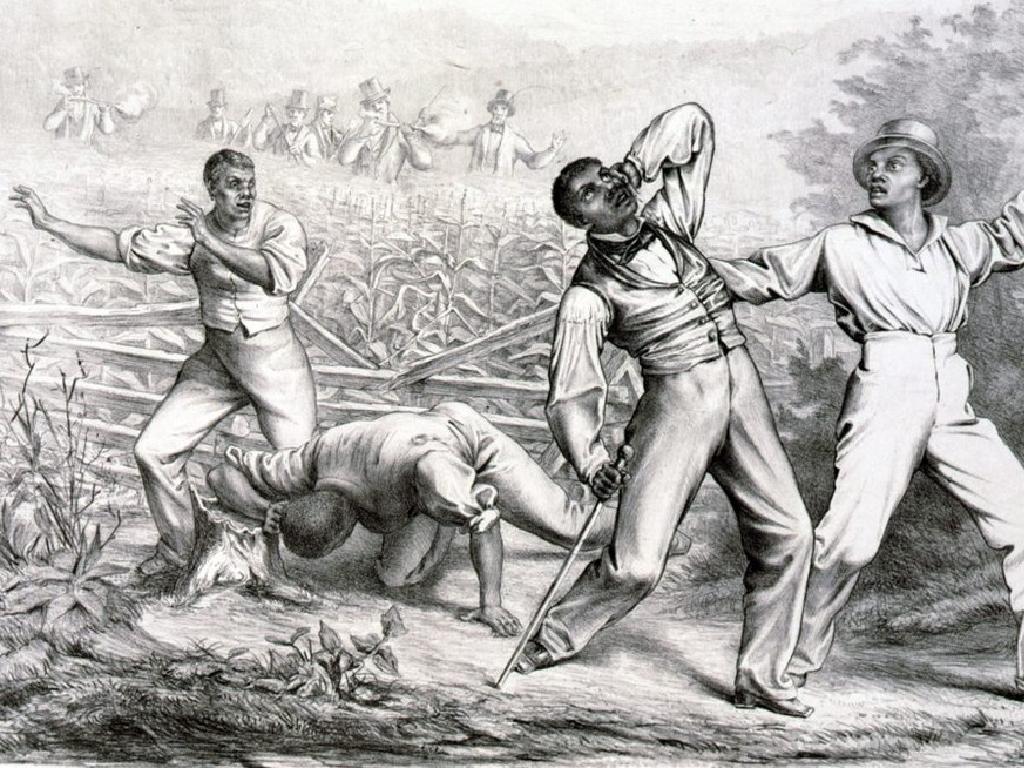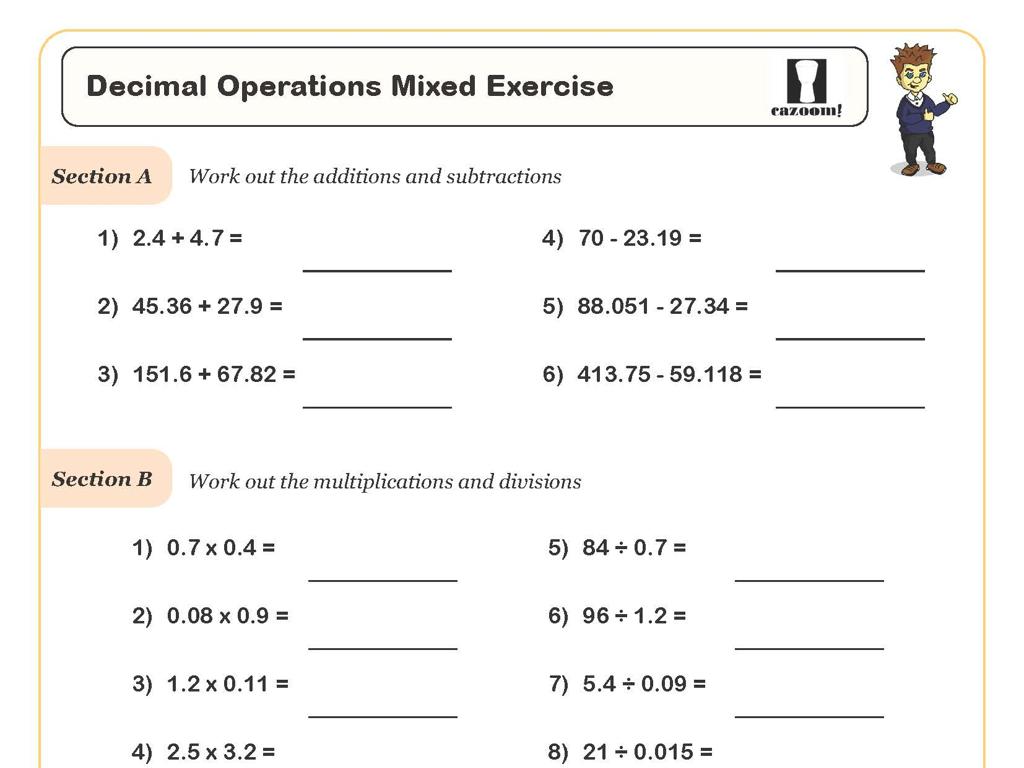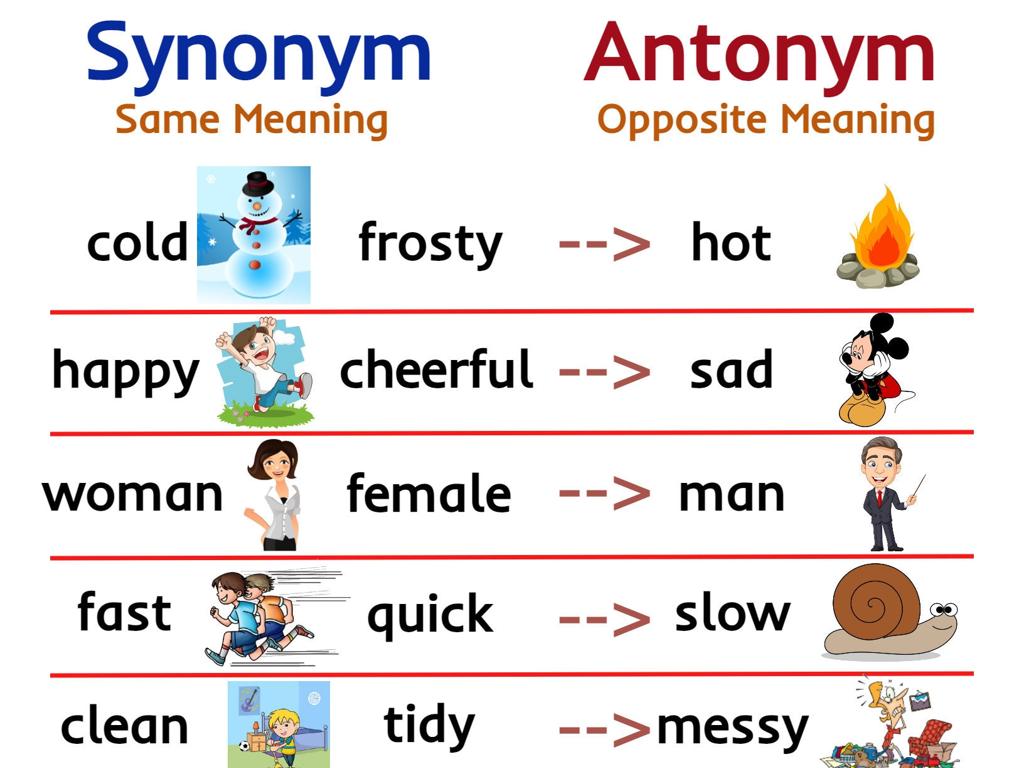Frederick Douglass
Subject: Social studies
Grade: Third grade
Topic: Historical Figures
Please LOG IN to download the presentation. Access is available to registered users only.
View More Content
Meet Frederick Douglass: A Leader for Freedom
– Frederick Douglass’s early life
– Born into slavery but learned to read and write
– From enslavement to leadership
– Escaped slavery and became a powerful speaker
– Advocate for freedom and equality
– Worked to end slavery and for equal rights
– His legacy continues today
– Remembered as a hero for his courage and ideas
|
This slide introduces Frederick Douglass, an influential figure in American history. Begin by discussing his early life, emphasizing the challenges he faced and his determination to overcome them by learning to read and write, which was uncommon for enslaved people at the time. Highlight his escape from slavery and subsequent rise as a leader in the abolitionist movement, fighting tirelessly for the freedom and equality of all individuals. Discuss his role as an advocate and public speaker, and how his efforts contributed to the abolition of slavery and the advancement of civil rights. Conclude by reflecting on his enduring legacy and the impact he has had on history. Encourage students to think about the values of perseverance, education, and equality that Douglass embodied.
Early Life of Frederick Douglass
– Born into slavery around 1818
– Frederick was not free when he was born
– Worked in homes and on farms
– He did many chores and worked hard
– Learned to read and write secretly
– Reading and writing were not allowed for him
– Overcame challenges as a child
– He was very brave and smart to learn
|
This slide introduces students to the early life of Frederick Douglass, an important historical figure who was born into slavery. Highlight Douglass’s determination and resilience as a child, working in homes and on farms, and his secret journey to literacy. Emphasize the significance of his achievements, considering the oppressive environment in which he lived. Encourage students to reflect on the value of education and the strength it takes to overcome obstacles. Share with them that Douglass’s ability to read and write played a crucial role in his path to becoming an influential leader and abolitionist.
Escape to Freedom: Frederick Douglass
– Escaped slavery in 1838
– Frederick Douglass made a brave escape from slavery at age 20.
– Used wit and courage
– He cleverly used disguises and his intelligence to avoid capture.
– Traveled north for freedom
– Douglass journeyed to the free northern states where slavery was illegal.
– Guided by the North Star
– The North Star was a key tool for navigation during his nighttime escape.
|
This slide highlights the remarkable journey of Frederick Douglass from slavery to freedom. Emphasize Douglass’s bravery and intelligence, which allowed him to escape at a young age. Discuss the significance of the North Star as a symbol of guidance and hope for freedom seekers. Explain how Douglass’s escape was a turning point in his life, leading him to become a leading voice for abolition and equality. Engage the students by asking them to imagine what it would be like to navigate using the stars and to consider the courage it took to make such a journey.
A Voice for Justice: Frederick Douglass
– Escaped slavery to speak out
– Shared his story to inspire
– His life experiences helped others hope for freedom
– Fought for equality for all
– Advocated for rights of all races and genders
– Believed in fair treatment
|
Frederick Douglass was an escaped slave who became a leading figure in the abolitionist movement, using his powerful oratory skills to speak against the injustices of slavery. He shared his own experiences of being enslaved to inspire others to join the fight for freedom and change. Douglass was a firm believer in the equality of all people and was ahead of his time in advocating for both racial and gender equality. In class, discuss the importance of using one’s voice to fight for justice and how Douglass’s legacy continues to influence civil rights today. Encourage students to think about ways they can make a difference in their own communities.
The Achievements of Frederick Douglass
– Wrote ‘The North Star’ newspaper
– A paper that fought for freedom
– Advised U.S. presidents
– Gave guidance to leaders for equality
– Helped change important laws
– Laws that made life fairer for everyone
– Contributed to ending slavery
– His efforts supported the abolition of slavery
|
Frederick Douglass was not only a former slave but also a great leader who fought tirelessly for justice. He used his newspaper, The North Star, as a platform to speak against slavery and promote freedom. Douglass’s wisdom was so respected that he advised presidents on issues of equality, influencing changes in laws to create a more just society. His dedication and hard work played a significant role in the movement to end slavery in the United States. Encourage students to think about how one person’s voice and actions can make a significant difference in the world.
The Legacy of Frederick Douglass
– Douglass shaped the U.S.
– Remembered as a human rights hero
– Fought against slavery and for equality
– His life teaches resilience
– Despite challenges, he never gave up
– Speaking out for change
– Used words to fight for freedom
|
Frederick Douglass was a key figure in American history who used his voice and writings to fight against slavery and for the rights of all people. His legacy is one of courage, resilience, and the power of speaking out against injustice. He is remembered as a hero who made significant contributions to the human rights movement. His life story is an inspiring example for students, showing that no matter the obstacles, one can make a difference in the world. Encourage students to think about how they can use their own voices to effect change in their communities, just as Douglass did in his time.
Class Activity: Be Like Douglass
– Let’s put on a Frederick Douglass play!
– Work in groups to act out his life
– Imagine speaking as Douglass
– What would you say about freedom?
– Discuss freedom and equality
– Share ideas on how Douglass fought for all people’s rights
|
This activity is designed to engage students with the life and achievements of Frederick Douglass in an interactive manner. Divide the class into small groups and assign each group different parts of Douglass’s life to act out, such as his escape from slavery or his speeches on abolition. Encourage students to think critically about what Douglass might have felt or said in his fight for freedom and equality. Provide them with key phrases or ideas that Douglass championed to help them prepare for their roles. Possible activities include writing a short monologue, creating posters with Douglass’s quotes, or even a mock debate on the importance of civil rights. This will help students empathize with Douglass’s struggles and appreciate his contributions to social justice.






